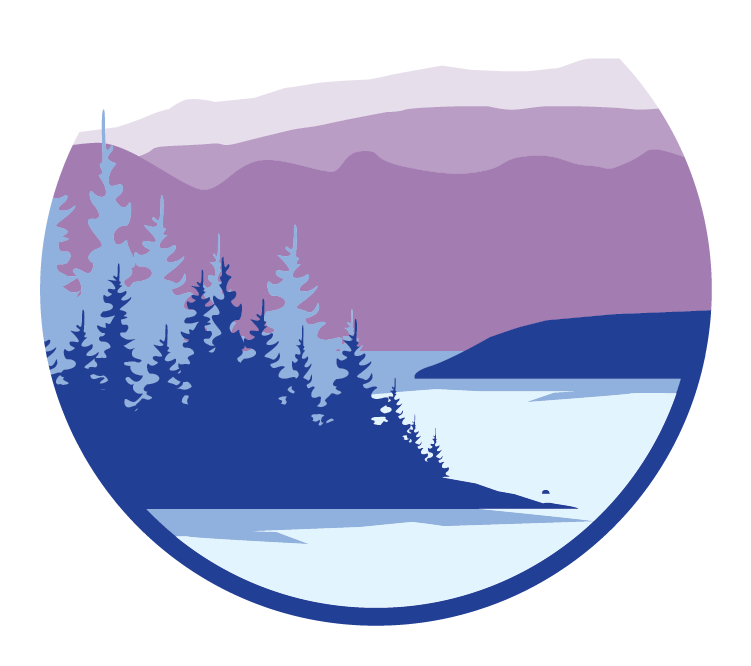Do You Need a Permit?
Pesticide Use Into, Over, or Near Lakes and Rivers Requires a Permit
Do you know? Shoreline residents need permits to apply chemicals into or next to lakes and rivers, and to do property work that may affect water quality.
Many people are concerned about aquatic weeds in the water near their homes. Please be aware that most treatments require permits to address them with pesticides. Chemicals, including pesticides, organic sprays, and common household products added to lakes and rivers can have far reaching consequences beyond the immediate shoreline. For example, some residents may mistakenly use household bleach or other chemicals to kill algae near their shoreline. This practice is not only harmful to aquatic life and water quality, but it is also illegal. Safer, approved methods for managing aquatic weeds do exist, but it's important to consult with the appropriate permitting agency to determine whether the algae are truly invasive and what permits may be required.
What the Law Says
Anyone who applies pesticides to, over, or near state surface waters (such that pesticide unavoidably enters a state surface water) must obtain permit coverage under the Department of Environmental Quality’s (DEQ) Pesticide General Permit. If the property is within the Flathead Reservation, one should contact CSKT’s Division of Environmental Protection for permitting.
Pesticide Application form, submitted via DEQ’s online permitting system (FACTS): https://svc.mt.gov/deq/factspermitting
CSKT Division of Environmental Protection: https://cskt.org/natural-resources/doep/
Better Alternatives for Shoreline Care
When you are near surface water, consider avoiding pesticides and maintaining a buffer of trees, shrubs, and native grasses along the edges of rivers, lakes, and ponds. Buffers can slow water runoff and help keep pesticides, sediment, and fertilizers on land and out of the water.
For more tips on shoreline-friendly landscaping and water-wise property care, visit theLiving by Water pageon the Living in the Flathead website.
Permits for Shoreline Work
Permits are also required for land work near shorelines that can impact water quality. A good synopsis of regulations regarding changes near shores is in an article by C. McDonald of WMCC. where she addresses work near shores as well as pesticide and herbicide use.
McDonald notes, “One thing that often surprises folks new to the area: you don’t own the water that runs through or next to your property. In Montana, water is considered a public resource, held in trust by the state for all its citizens. That means streambeds and their banks are protected by law. If you're considering doing any work near water on your property, it’s possible that your project falls under the Montana Natural Streambed and Land Preservation Act, commonly known as the 310 Law. Whether you are planning to build a bridge, install riprap, clear fallen trees and debris, dig near the banks, or even remove vegetation near the water for a better view, it’s likely you need a permit. The permitting process ensures your project meets your needs without damaging habitat or negatively impacting people downstream.”
Be a Steward of Our Waters!
Please continue to protect Montana’s beautiful waters and to educate your neighbors about these subjects.

